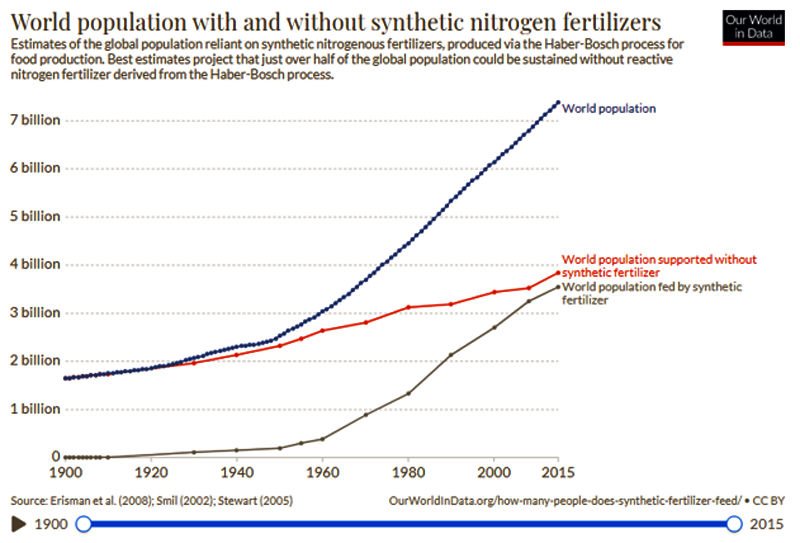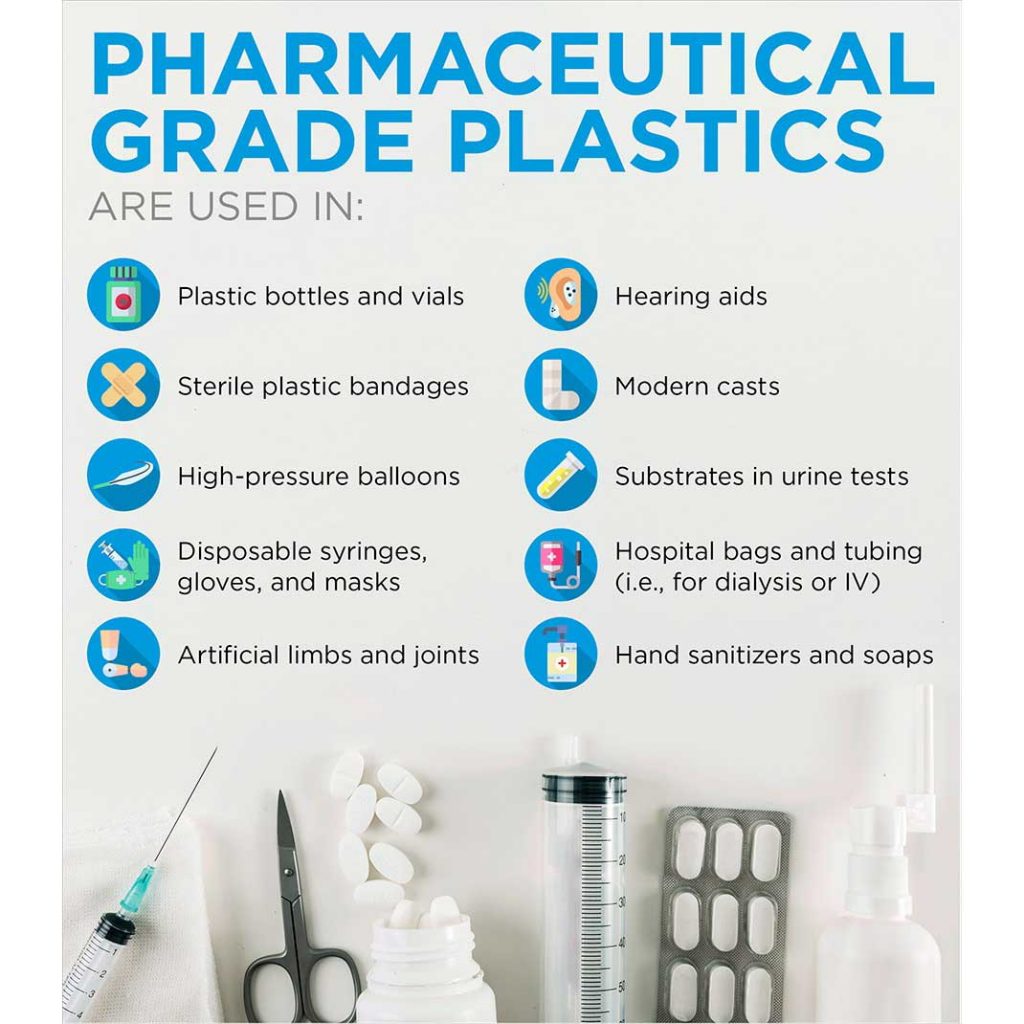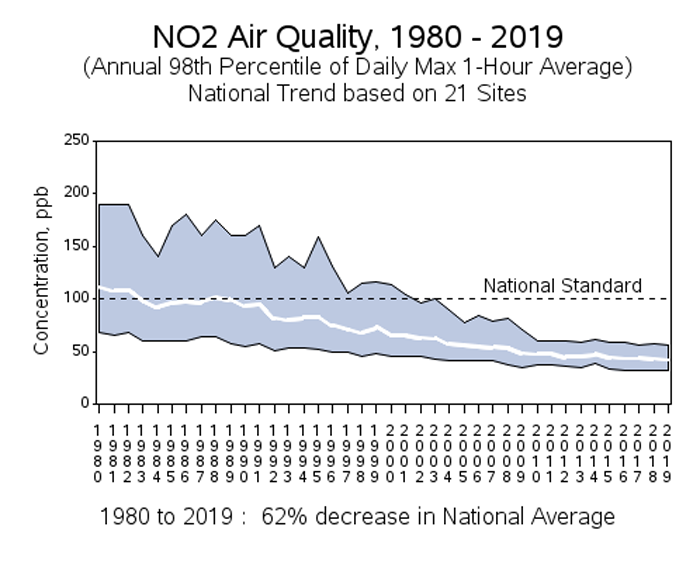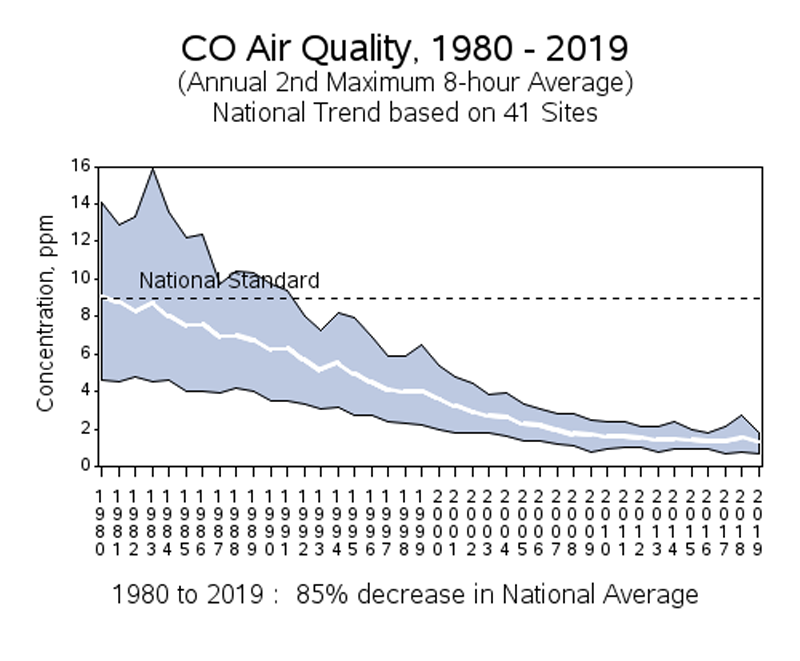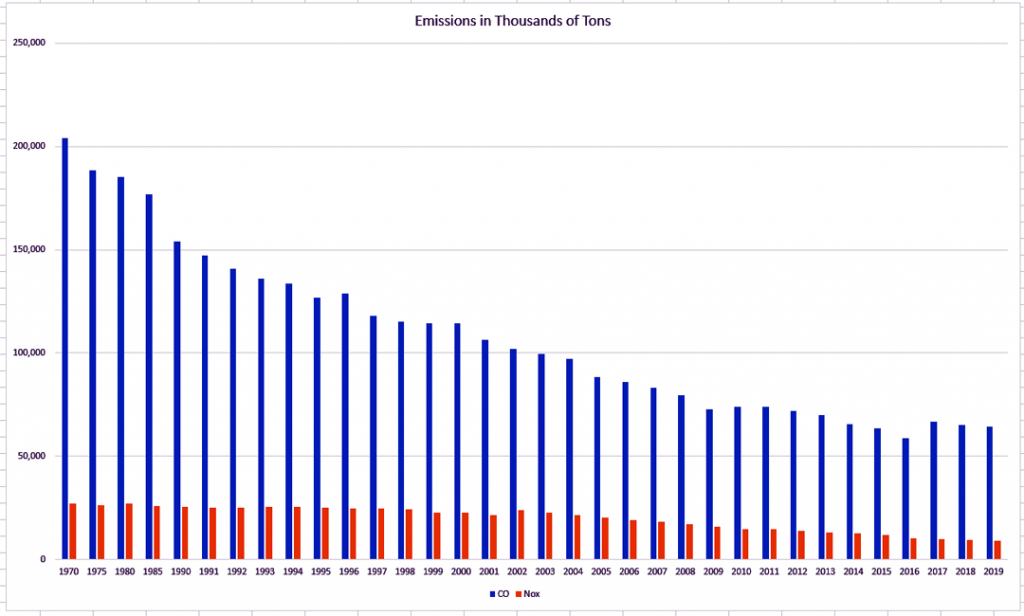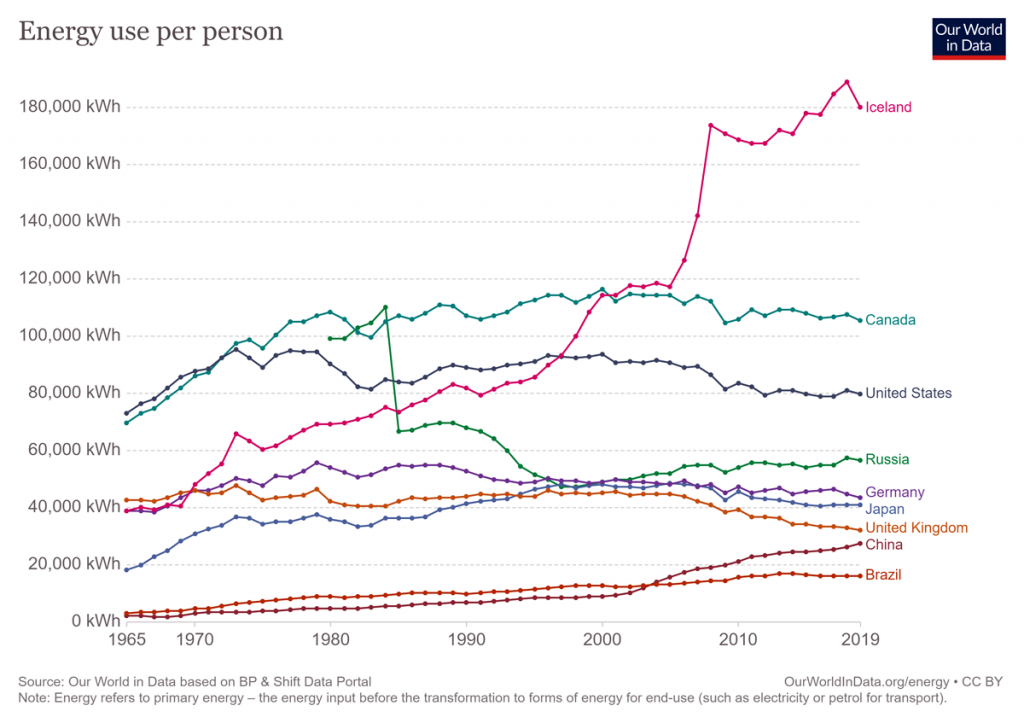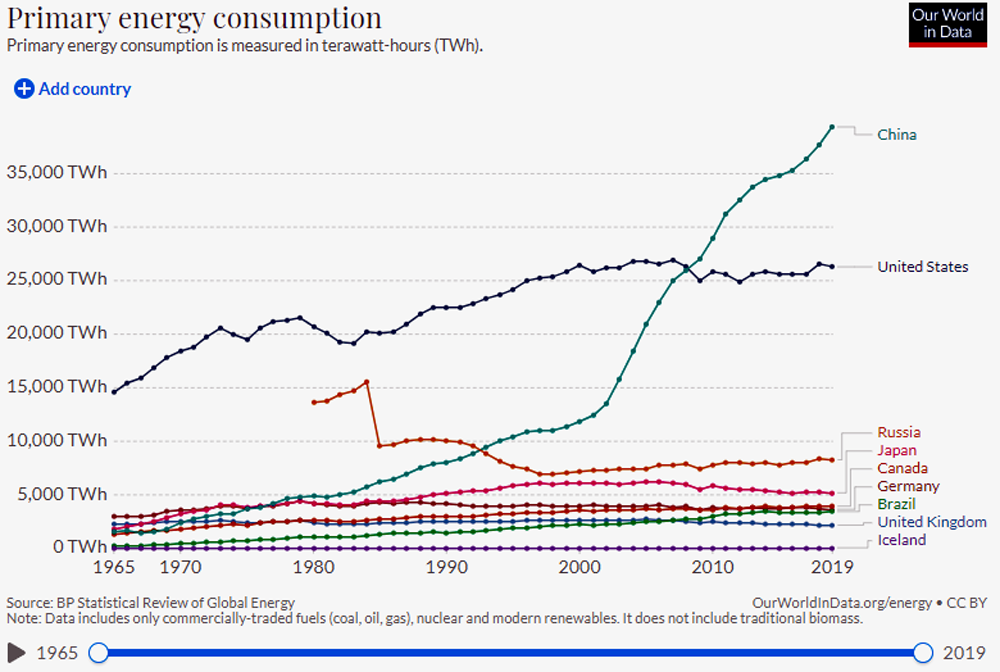
We have talked about how fossil fuels have impacted healthcare, but are there other ways natural gas impacts life expectancy? Yes, there definitely is. Let’s talk fertilizer. In the graph below, you can see how crop fertilization has fueled and supported the world population explosion. Natural gas is critical in the production of synthetic fertilizers. If you have a specific question, contact us directly or plan to join us at the Eastern Gas Compression Roundtable, May 3-5, 2022 at the David Lawrence Convention Center in downtown Pittsburgh, PA.
